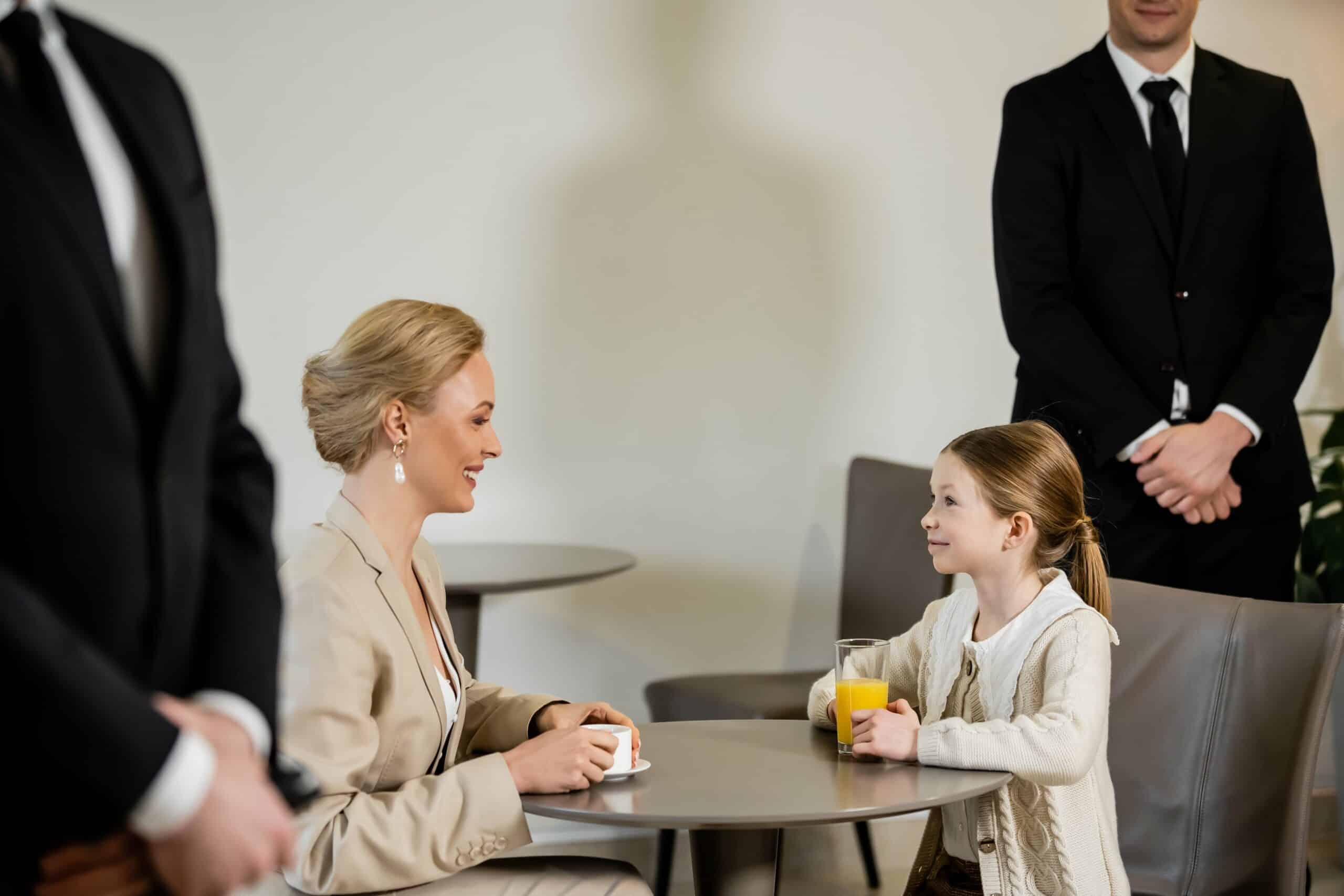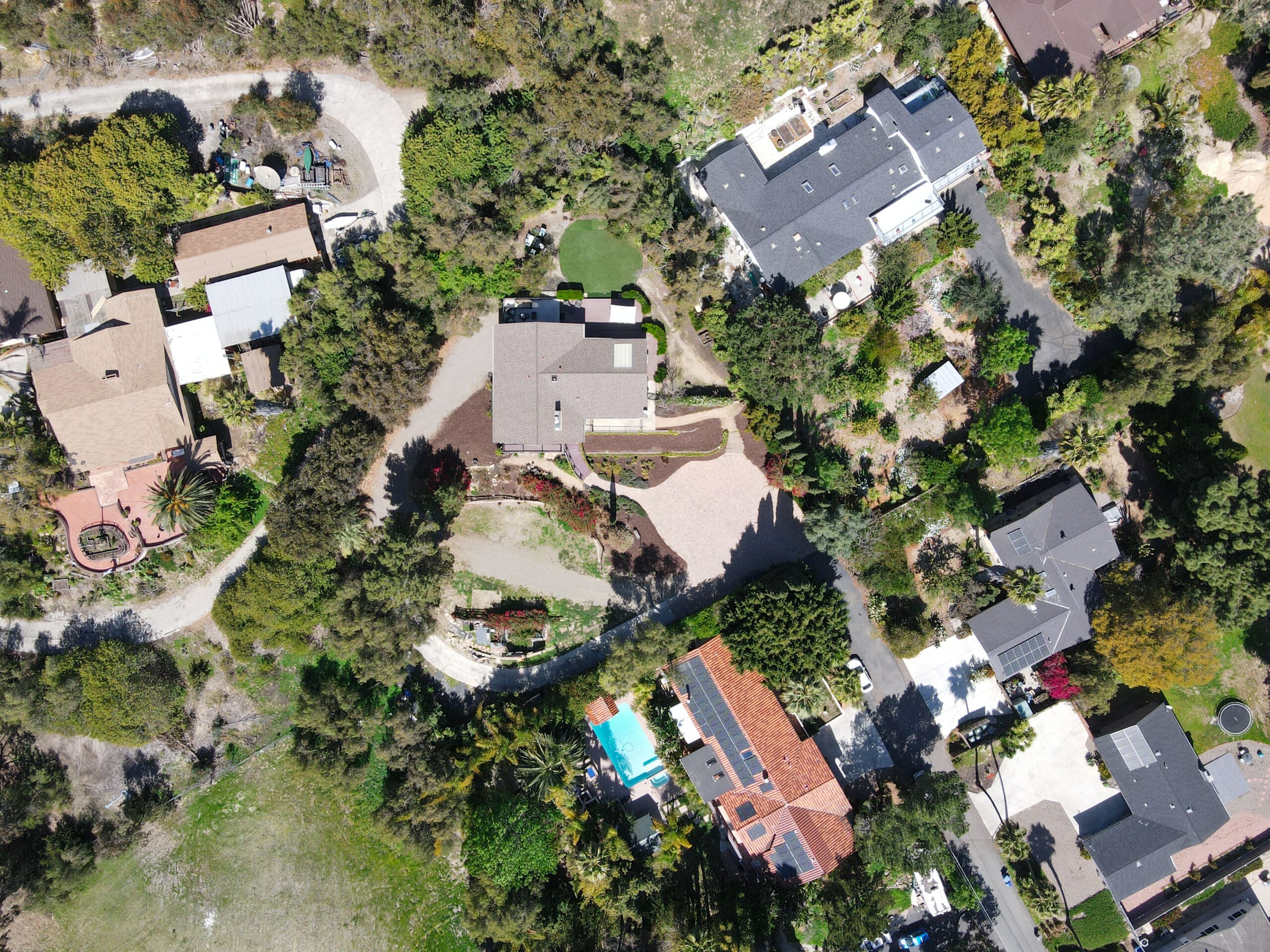Estimated reading time: 10 minutes
In the intricate landscape of personal security, the bond between a principal and their bodyguard is pivotal. This article delves deep into the nuanced strategies and meticulous planning required to prepare for emergencies and crises. Recognizing the unpredictability of threats, from medical emergencies to kidnapping attempts and public disturbances, this guide will lay out a structured, detailed approach to ensure that you and your bodyguard have the knowledge, skills, and readiness to handle unforeseen events effectively.
Table of contents
- Understanding the Foundations of Bodyguard Responsibilities
- Tailored Strategies for Specific Emergency Scenarios
- Training and Drills: Reinforcing Readiness and Response
- Integrating Advanced Technology in Security Protocols
- Building a Support Network and Liaising with Local Authorities
- Continuous Improvement and Adaptation in Security Protocols
- Empowering the Principal: Roles and Responsibilities in Security
- Conclusion
Understanding the Foundations of Bodyguard Responsibilities
The Role and Expectations of a Professional Bodyguard
Professional bodyguards are not just physical shields but strategic planners and quick responders. Their role extends beyond mere presence; they are trained to anticipate potential threats and act swiftly and discretely to neutralize risks. The relationship between a bodyguard and their principal is built on trust, understanding, and clear communication. A proficient bodyguard assesses environments, identifies vulnerabilities, and plans escape routes while maintaining a low profile. Their responsibilities also include staying informed about the principal’s schedule, understanding their preferences, and ensuring that all security measures align with the principal’s lifestyle and needs.
Comprehensive Risk Assessment – The First Step in Emergency Planning
A comprehensive risk assessment is the cornerstone of any security plan, especially in emergencies. This involves analyzing the principal’s daily routine, social interactions, travel patterns, and other activities that could expose them to risk. Bodyguards must understand the nature of potential threats related to health, physical attacks, or even technological risks like cyber threats. This assessment is not a one-time task but a continuous process, adapting to the evolving lifestyle and threat landscape surrounding the principal.
Communication Protocols for Seamless Coordination
Effective communication is the lifeline of security operations. Establishing clear, unambiguous communication protocols between the bodyguard, the principal, and any other involved parties is crucial. This includes setting up secure lines of communication, understanding the importance of discretion, and ensuring that all parties are informed about the communication plan. In crises, the ability to convey messages swiftly and clearly can make the difference between safety and peril. Regular drills and practices to simulate emergency scenarios are essential to ensure these communication pathways function seamlessly when most needed.
Tailored Strategies for Specific Emergency Scenarios
Medical Emergency Preparedness: Beyond First Aid
The response time and initial actions can be life-saving in a medical crisis. Bodyguards are often the first on the scene, making their role crucial. They are expected to have advanced first-aid training and the ability to perform CPR. However, their responsibilities go beyond immediate medical intervention. They must be adept at quickly assessing the situation, determining if it’s safe to remain on-site or if evacuation is necessary, and communicating concisely with medical professionals about the principal’s condition. They should have a thorough knowledge of the principal’s medical history and existing conditions to inform healthcare providers accurately. Regularly updated medical kits tailored to the principal’s health needs and an established plan to reach the nearest medical facility are also integral to emergency preparedness.
Kidnapping Attempts: Prevention, Response, and Recovery
Kidnapping attempts, though rare, require a high level of preparedness due to their severe implications. The key to preventing such situations lies in meticulous planning, environmental awareness, and unpredictability in routines to avoid patterns that potential kidnappers could exploit. Bodyguards should be trained in recognizing signs of surveillance and potential abduction threats. In the unfortunate event of a kidnapping, the bodyguard’s role shifts to ensuring the principal’s safety, negotiating if necessary, and coordinating with law enforcement for a swift and safe recovery. Post-recovery, providing psychological support, and revisiting security protocols to analyze and learn from the incident are crucial steps in recovery and future prevention.
Managing Public Disturbances and Crowds
Public appearances can expose principals to risks associated with crowds, including stampedes, riots, or targeted attacks within the crowd. Bodyguards must be skilled in crowd psychology, understanding how to navigate and control crowd movements to prevent harm. This involves identifying potential agitation points, maintaining proximity to the principal, and having predefined escape routes. In situations where control over the crowd is lost, bodyguards must focus on evacuation, using their training in defensive tactics and situational awareness to extract the principal from the area safely. Coordinating with event organizers and local law enforcement for crowd control measures can also enhance security during public appearances.
Training and Drills: Reinforcing Readiness and Response
Scenario-Based Training for Realistic Preparations
Practical training goes beyond theoretical knowledge, immersing the bodyguard and the principal in realistic, high-pressure scenarios. This form of training, often termed ‘scenario-based training,’ aims to replicate potential emergencies as closely as possible. The bodyguard can practice decision-making, communication, and physical response under stress. For the principal, it’s an opportunity to understand their role during crises and how to cooperate effectively with their bodyguard. Regular drills in varied settings, such as crowded public places, vehicles, or confined spaces, ensure that responses become instinctual, minimizing reaction time during emergencies.
Advanced Combat and Defensive Skills Enhancement
In high-risk environments, the physical prowess of a bodyguard can be a critical factor. Continuous enhancement of combat and defensive skills is, therefore, essential. This includes hand-to-hand combat techniques, proficiency in using firearms, and mastering defensive driving. It’s not just about strength and agility but also about restraint and the ability to neutralize a threat without causing unnecessary harm. Bodyguards must also stay abreast of advancements in security technology and weaponry to maintain a tactical advantage. Regular physical fitness routines and combat training sessions are fundamental to ensuring that the bodyguard can protect the principal effectively in any confrontation.
Mental Resilience and Stress Management Training
The psychological demands on a bodyguard during a crisis are immense. Training should also focus on developing mental resilience and stress management skills. Techniques such as situational awareness, quick threat assessment, and decision-making under pressure are vital. Simulation exercises can help prepare bodyguards for the stress of an actual emergency, teaching them how to maintain composure, think clearly, and coordinate efficiently despite the chaos. Equally, principals can benefit from this training, learning to remain calm and follow the bodyguard’s instructions during high-stress situations. Regular mindfulness and stress management practices can help the bodyguard and the principal maintain a clear, focused mind.
Integrating Advanced Technology in Security Protocols

Surveillance Technology for Proactive Threat Detection
Leveraging advanced surveillance technology in high-stakes security is pivotal for proactive threat detection and situational awareness. Modern surveillance systems employ a combination of high-definition cameras, motion detectors, and facial recognition software to monitor environments continuously. These systems are designed to identify unusual patterns or behaviors that may indicate a potential threat, allowing bodyguards to respond before a situation escalates. Integrating AI and machine learning algorithms further enhances the predictive capabilities of these systems, providing real-time alerts and actionable intelligence to the security team.
Secure Communication Systems to Maintain Operational Integrity
The confidentiality and reliability of communication are non-negotiable in high-security operations. Secure communication systems are, therefore, essential to maintain operational integrity and ensure that sensitive information is protected against interception or unauthorized access. Encrypted communication devices, including smartphones, radios, and satellite phones, facilitate secure, real-time coordination between the bodyguard, the principal, and the extended security team. Regular updates and audits of these systems are crucial to safeguard against vulnerabilities and ensure the communication infrastructure is impervious to threats.
Leveraging Biometrics for Access Control and Authentication
Biometric technology offers a sophisticated layer of security by utilizing unique physiological characteristics for access control and authentication. Fingerprint scanners, iris recognition, and facial recognition systems are commonly employed to restrict access to secure areas and protect sensitive information. For principals, biometric systems ensure that their personal spaces, like residences, offices, or vehicles, are accessible only to authorized individuals. Moreover, integrating biometrics with other security systems can create a comprehensive, multi-factor authentication process, significantly enhancing overall security posture.
Building a Support Network and Liaising with Local Authorities
Establishing a Robust Support Network for Comprehensive Coverage
In high-security arrangements, the significance of a robust support network cannot be overstated. This network typically includes medical professionals, technical experts, local security agencies, and other bodyguards. The primary objective is to ensure comprehensive coverage and swift response. Regular communication and joint exercises with this support network ensure everyone understands their role and can operate cohesively. For instance, having a trusted medical team on speed dial ensures immediate attention during medical emergencies, while a technical team can respond rapidly to any security system breaches.
Liaising with Local Law Enforcement for Enhanced Security
A proactive relationship with local law enforcement agencies is a cornerstone of high-level security strategies. Such collaborations can provide additional resources during emergencies, such as crowd control, area cordoning, or investigative support after an incident. Bodyguards and security teams should regularly liaise with local police, sharing information and intelligence that may help preempt potential threats. Participating in community security programs can also foster a sense of partnership and ensure a quicker response from local authorities when their assistance is needed.
Networking with Global Security Agencies for International Operations
For principals who travel internationally, security measures must transcend local boundaries. Establishing connections with global security agencies ensures that the principal is protected no matter where they are. This involves understanding the security landscape of each country, including potential risks, emergency response capabilities, and legal parameters for security operations. Coordination with embassies, international law enforcement agencies, and private global security firms can provide critical support during international travel, ensuring that the principal’s security protocol is robust, responsive, and adaptable to different jurisdictions.
Continuous Improvement and Adaptation in Security Protocols
Regular Audits and Assessments for Security Optimization
In the dynamic landscape of security threats, complacency can lead to vulnerabilities. Therefore, regular audits and assessments of the existing security protocols are essential to identify gaps or weaknesses. This includes reviewing surveillance footage, communication logs, and incident reports to understand what worked well and what didn’t during drills or emergencies. Engaging external security experts for unbiased assessments can provide new insights and recommendations for enhancement. These evaluations allow security protocols to be refined and optimized to ensure they are up-to-date and effective.
Training and Development for Keeping Pace with Emerging Threats
The skills and knowledge of the security team, particularly the bodyguards, are critical assets. Continuous training and development ensures that the team is equipped to handle emerging threats. This includes staying abreast of the latest security technology, understanding the evolving tactics of potential aggressors, and refining physical and mental resilience. Participation in workshops, seminars, and security conferences can also provide valuable learning opportunities and insights into best practices and trends in the security industry.
Incorporating Feedback and Learnings from Past Incidents
Learning from past experiences, both successful interventions and near misses, is invaluable for evolving security protocols. After-action reviews following drills or actual emergencies allow one to dissect what happened, why it occurred, and how it can be prevented or handled better. Incorporating feedback from the principal, the bodyguard, and the broader security team is crucial for a holistic understanding of each incident. This reflective practice ensures that the lessons learned are integrated into future security planning, making the protocols more robust and adaptive to the ever-changing threat landscape.
Empowering the Principal: Roles and Responsibilities in Security
Enhancing Situational Awareness for Proactive Security
The role of the principal in their security should be considered. Educating and empowering the principal to enhance their situational awareness can significantly improve their safety. This involves understanding the basics of threat detection, awareness of one’s surroundings, and recognizing unusual behavior or potential dangers. Training sessions focusing on situational awareness can help the principal make informed decisions and take proactive steps in collaboration with their bodyguard, particularly in scenarios requiring immediate action.
Maintaining Discretion and Privacy in Public and Online Spaces
Information is valuable in today’s interconnected world, and the principal’s privacy is paramount. The principle is crucial in maintaining discretion in public and digital life. This includes being mindful of the information shared in public spaces and on social media platforms, understanding the risks of oversharing, and being aware of privacy settings and potential cyber threats. Regular briefings by security experts on the latest in privacy protection and cyber-security can equip the principal to navigate these spaces safely.
Active Participation in Security Drills and Feedback Mechanisms
The principal’s active participation in security drills and exercises adds immense value to the effectiveness of the security protocols. By engaging in these drills, the principal understands the nuances of the emergency procedures and contributes to enhancing them through their unique perspective. Furthermore, providing feedback on the security measures, communication, and overall experience during these drills fosters a culture of continuous improvement and adaptation, ensuring that the security protocols are robust and aligned with the principal’s comfort and lifestyle.
Conclusion
In conclusion, the synergy between a principal and their bodyguard, augmented by state-of-the-art technology, comprehensive training, and a robust support network, forms an impregnable shield against threats. Security is not just a protocol but a dynamic, living system that demands vigilance, adaptability, and a deep understanding of the nuances of risk and protection. As threats evolve, so must the strategies to counter them, ensuring peace of mind and safety for those under the watchful eye of professional security.












